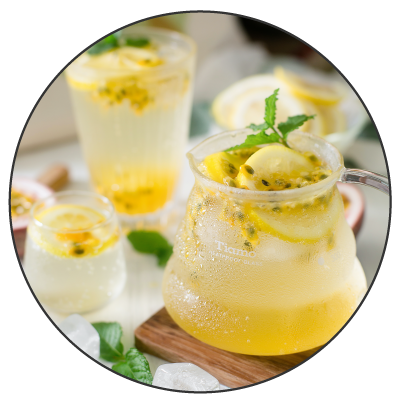Top Quality Materials for the
Food and Beverage Industry
We have spent years refining our product offering to provide you with the best raw materials from the most reputable sources.

Passionate about Food. Passionate about You

Bringing a World of Taste to Life

Bridging the Gap between Nature and Products
Your Title Goes Here
Your content goes here. Edit or remove this text inline or in the module Content settings. You can also style every aspect of this content in the module Design settings and even apply custom CSS to this text in the module Advanced settings.
ACETIC ACID
Acetic Acid is a versatile ingredient that is utilised in both the food and printing industry. It is often used to create vinyl acetate monomer, otherwise known as VAM. This is a building block that is used in many industries to make paints, packaging and adhesives. Acetic Acid is also used to make acetic anhydride, which is in turn used to make cellulose acetate. This is often used in photography. Acetic acid also produces esters – the esters from acetic acid are used in inks, paints, and coatings.
Let’s Talk Chemistry
Acetic acid is also known as glacial acetic acid and ethanoic acid. It is a clear liquid with a rather strong odour. Its molecular formula is C2H4O2: it has two carbon (C) atoms, four hydrogen (H) atoms and two oxygen (O) atoms. It has a boiling point of 118 degrees Celsius and is soluble in alcohol. Acetic acid is most commonly used to make vinegar. To give vinegar its potent flavour, 4 – 8% of acetic acid is dissolved in water and then mixed with other substances.
ASCORBIC ACID
Usage in the Food Industry
About one-third of production is used in the pharmaceutical industry, the rest is used in the food industry. Some of the benefits of Ascorbic Acid include:
Note: Ascorbic acid will not upgrade inferior raw materials.
CITRIC ACID
Industrial Uses:
DEXTROSE
GLYCERINE
It can often be found in:
It is often used as an ingredient in a variety of food and beverage products to help retain moisture, prevent sugar crystallization, and add bulk, smoothness, softness, sweetness and texture. It is more calorie-dense than other sugar alcohols and contains more calories per gram (4.32) than sugar (3.87).
It’s generally preferred over other sugar alcohols, such as sorbitol and mannitol because it’s less likely to have a laxative effect when eaten.
PHOSPHORIC ACID
It is also utilised in foods and drinks to slow the growth of moulds and bacteria, which would otherwise multiply rapidly in sugary solutions. Phosphoric acid, also known as orthophosphoric acid, is a weak acid with the chemical formula H ₃PO ₄.
POTASSIUM SORBATE
PROPYLENE GLYCOL
SODIUM BENZOATE
If you’re looking for a food preservative and pickling agent, here it is. Sodium benzoate is the sodium salt of benzoic acid. It is produced by reacting sodium hydroxide with benzoic acid. In the food industry, Sodium benzoate is often used to prevent spoilage that is caused by harmful bacteria, yeasts, and moulds. It also helps maintain freshness in food by helping to slow or prevent changes in colour, flavour, PH, and texture. It is particularly effective in acidic foods, such as lemon juice, pickles, jelly, salad dressings, soy sauce, and other condiments. It is a white crystalline chemical with the formula C7H5NaO2
BUILDING LONG-STANDING RELATIONSHIPS, ONE CLIENT AT A TIME

Food & Beverages

Industrial Products

Agricultural Products
Kayochem has become a recognized name in the agricultural industry, owing to our reputation of being able to source the finest agricultural materials and distribute these to the market at a competitive price.
let’s get started
Ready to place your first order? Check out our product offerings on our various pages. We cater for the food and beverage, Agricultural and industrial industries. Can’t find what you’re looking for? No problem. Get in touch below and let’s chat about what you need – we will try our utmost best to source what you’re looking for.
